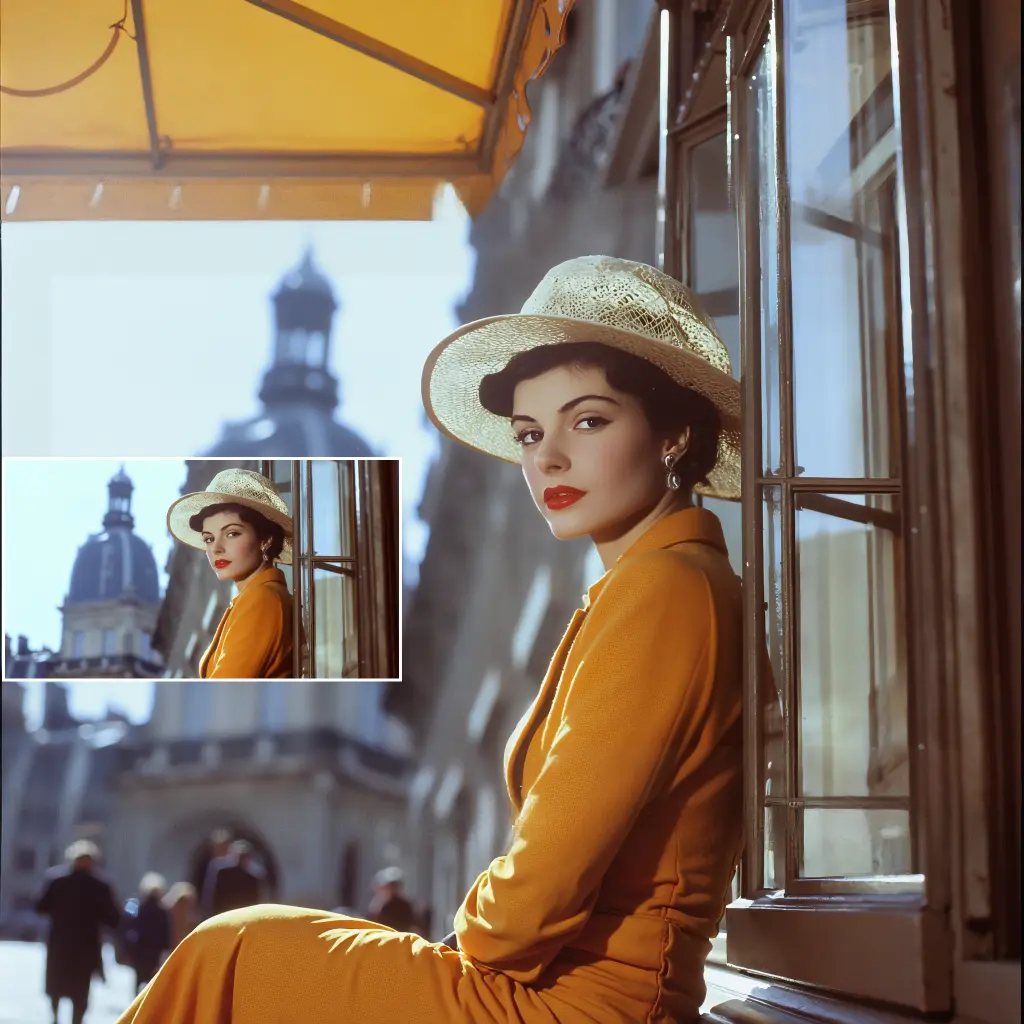ComfyUI Node: 💪TB | Tiny Decode
TinyDecode __TinyBreaker
Category💪TinyBreaker/latent
martin-rizzo (Account age: 1928days) Extension
ComfyUI-TinyBreaker Latest Updated
2025-05-04 Github Stars
0.03K
How to Install ComfyUI-TinyBreaker
Install this extension via the ComfyUI Manager by searching for ComfyUI-TinyBreaker- 1. Click the Manager button in the main menu
- 2. Select Custom Nodes Manager button
- 3. Enter ComfyUI-TinyBreaker in the search bar
Visit ComfyUI Online for ready-to-use ComfyUI environment
- Free trial available
- 16GB VRAM to 80GB VRAM GPU machines
- 400+ preloaded models/nodes
- Freedom to upload custom models/nodes
- 200+ ready-to-run workflows
- 100% private workspace with up to 200GB storage
- Dedicated Support
💪TB | Tiny Decode Description
Efficiently decodes latent data into visual outputs using VAE, optimizing memory usage with tile-based processing for large images.
💪TB | Tiny Decode:
The TinyDecode node is designed to transform latent representations back into images using a Variational Autoencoder (VAE). This node is part of the ComfyUI-TinyBreaker suite, which leverages the hybrid capabilities of the TinyBreaker model, combining strengths from PixArt and SD. The primary function of TinyDecode is to efficiently decode latent data into visual outputs while optimizing memory usage. It achieves this by dividing the decoding process into smaller, manageable tiles, which allows for processing large images without overwhelming system resources. This approach not only enhances performance but also maintains image quality, making it a valuable tool for AI artists looking to experiment with and visualize latent representations.
💪TB | Tiny Decode Input Parameters:
latent
The latent parameter represents the latent representation that you wish to decode back into an image. This is essentially the encoded data that the VAE will process to reconstruct the visual output. The quality and characteristics of the resulting image are directly influenced by the content of this latent representation.
vae
The vae parameter specifies the Variational Autoencoder model used for decoding the latent representation. The choice of VAE can affect the quality and style of the decoded image, as different VAEs may have varying capabilities in terms of detail preservation and color accuracy.
tile_size
The tile_size parameter determines the size of the tiles used to divide the input latent into smaller regions for processing. This is expressed in pixels of the output image. A smaller tile size can reduce memory usage, making it easier to handle large images on systems with limited resources. However, using a smaller tile size may also result in lower image quality due to the increased number of tile boundaries. The available options are "128px", "256px", "384px", "512px", "640px", "768px", and "1024px", with a default value of "512px".
overlap
The overlap parameter defines the percentage of overlap between adjacent tiles. This overlap helps to blend the tiles together, reducing visible seams and ensuring a smoother transition between tiles. The overlap can range from "0%" to "100%", with a default value of "100%". A higher overlap can improve image quality by minimizing tile boundary artifacts, but it may also increase processing time.
💪TB | Tiny Decode Output Parameters:
image
The image output is the final decoded image resulting from the processing of the latent representation through the VAE. This image is the visual representation of the latent data, reconstructed with the specified tile size and overlap settings. The quality and appearance of the image depend on the input parameters and the capabilities of the chosen VAE model.
💪TB | Tiny Decode Usage Tips:
- To optimize memory usage while maintaining image quality, start with the default tile size of "512px" and adjust based on your system's capabilities and the desired output quality.
- Experiment with different overlap settings to find the right balance between processing time and image quality, especially if you notice visible seams in the output image.
💪TB | Tiny Decode Common Errors and Solutions:
Error: "Invalid tile size"
- Explanation: This error occurs when the specified tile size is not one of the predefined options.
- Solution: Ensure that the tile size is set to one of the following: "128px", "256px", "384px", "512px", "640px", "768px", or "1024px".
Error: "Invalid overlap percentage"
- Explanation: This error is triggered when the overlap percentage is not within the acceptable range.
- Solution: Set the overlap to a value between "0%" and "100%". Use the default "100%" if unsure.
Error: "VAE model not found"
- Explanation: This error indicates that the specified VAE model is not available or incorrectly specified.
- Solution: Verify that the VAE model is correctly loaded and specified in the input parameters. Ensure that the model path or identifier is correct.
💪TB | Tiny Decode Related Nodes
RunComfy is the premier ComfyUI platform, offering ComfyUI online environment and services, along with ComfyUI workflows featuring stunning visuals. RunComfy also provides AI Playground, enabling artists to harness the latest AI tools to create incredible art.



